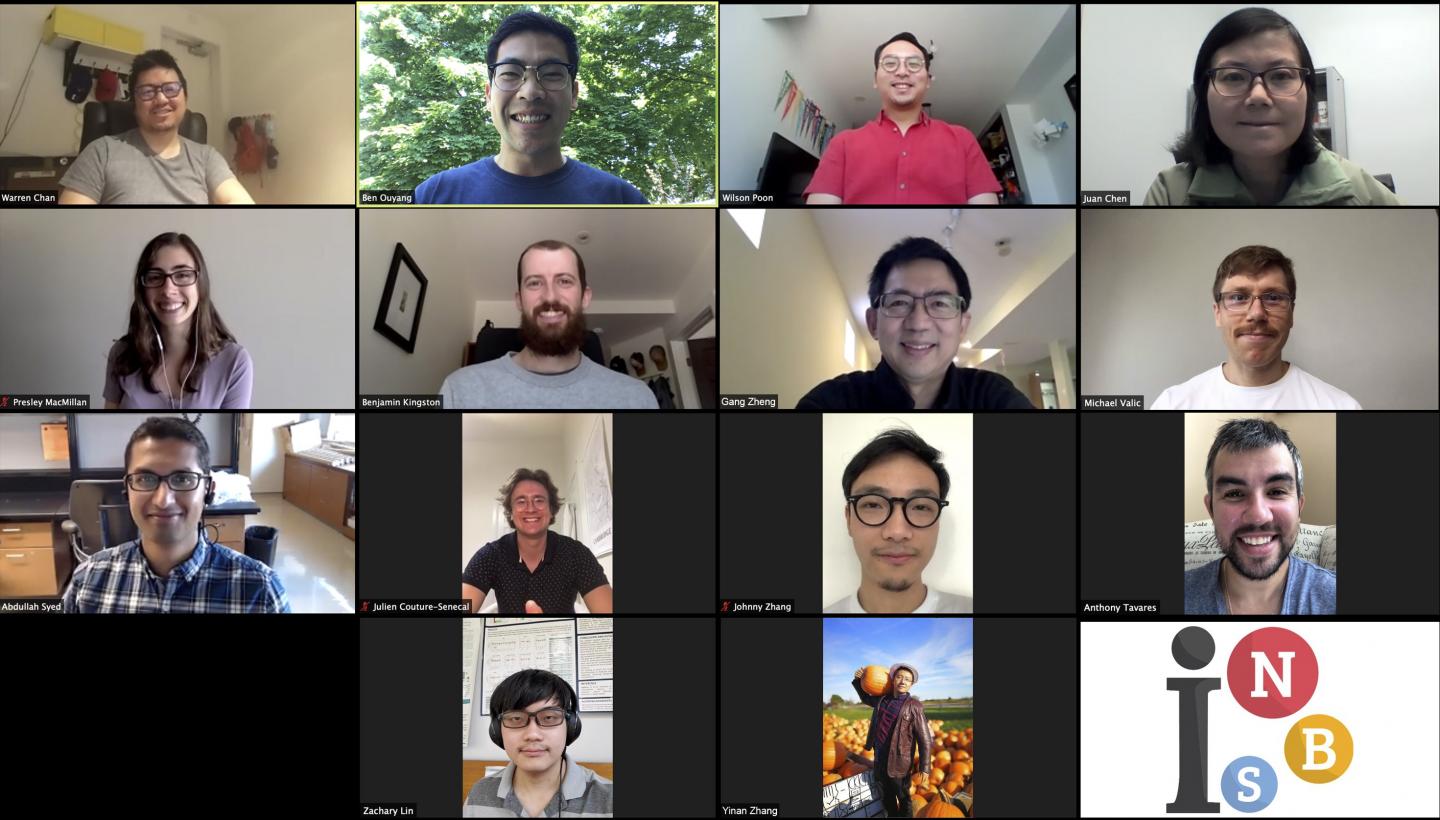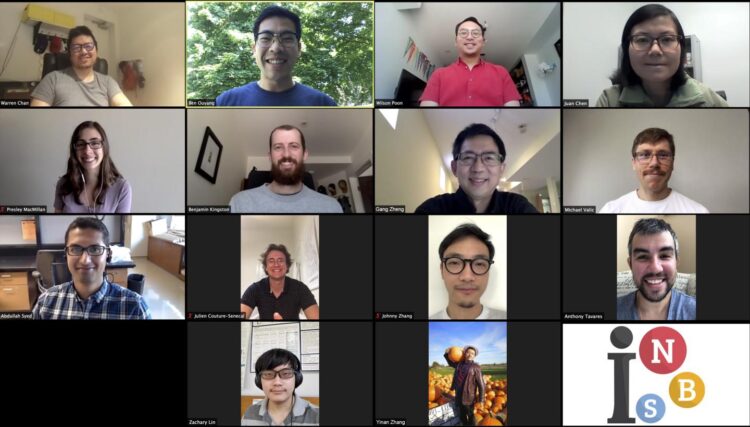University of Toronto Engineering study shows that by injecting above a certain threshold of nanoparticles, the tumour delivery improves vastly, from 0.7 percent to 12 percent

Credit: Ben Ouyang
University of Toronto Engineering researchers have discovered a dose threshold that greatly increases the delivery of cancer-fighting drugs into a tumour.
Determining this threshold provides a potentially universal method for gauging nanoparticle dosage and could help advance a new generation of cancer therapy, imaging and diagnostics.
“It’s a very simple solution, adjusting the dosage, but the results are very powerful,” says MD/PhD candidate Ben Ouyang, who led the research under the supervision of Professor Warren Chan.
Their findings were published today in Nature Materials, providing solutions to a drug-delivery problem previously raised by Chan and researchers four years ago in Nature Reviews Materials.
Nanotechnology carriers are used to deliver drugs to cancer sites, which in turn can help a patient’s response to treatment and reduce adverse side effects, such as hair loss and vomiting. However, in practice, few injected particles reach the tumour site.
In the Nature Reviews Materials paper, the team surveyed literature from the past decade and found that on median, only 0.7 percent of the chemotherapeutic nanoparticles make it into a targeted tumour.
“The promise of emerging therapeutics is dependent upon our ability to deliver them to the target site,” explains Chan. “We have discovered a new principle of enhancing the delivery process. This could be important for nanotechnology, genome editors, immunotherapy, and other technologies.”
Chan’s team saw the liver, which filters the blood, as the biggest barrier to nanoparticle drug delivery. They hypothesized that the liver would have an uptake rate threshold — in other words, once the organ becomes saturated with nanoparticles, it wouldn’t be able to keep up with higher doses. Their solution was to manipulate the dose to overwhelm the organ’s filtering Kupffer cells, which line the liver channels.
The researchers discovered that injecting a baseline of 1 trillion nanoparticles in mice, in vivo, was enough to overwhelm the cells so that they couldn’t take up particles quick enough to keep up with the increased doses. The result is a 12 percent delivery efficiency to the tumour.
“There’s still lots of work to do to increase the 12 percent but it’s a big step from 0.7,” says Ouyang. The researchers also extensively tested whether overwhelming Kupffer cells led to any risk of toxicity in the liver, heart or blood.
“We tested gold, silica, and liposomes,” says Ouyang. “In all of our studies, no matter how high we pushed the dosage, we never saw any signs of toxicity.”
The team used this threshold principle to improve the effectiveness of a clinically used and chemotherapy-loaded nanoparticle called Caelyx. Their strategy shrank tumours 60 percent more when compared to Caelyx on its own at a set dose of the chemotherapy drug, doxorubicin.
Because the researchers’ solution is a simple one, they hope to see the threshold having positive implications in even current nanoparticle-dosing conventions for human clinical trials. They calculate that the human threshold would be about 1.5 quadrillion nanoparticles.
“There’s a simplicity to this method and reveals that we don’t have to redesign the nanoparticles to improve delivery,” says Chan. “This could overcome a major delivery problem.”
###
Media Contact
Fahad Martin Pinto
[email protected]
Original Source
https:/
Related Journal Article
http://dx.





